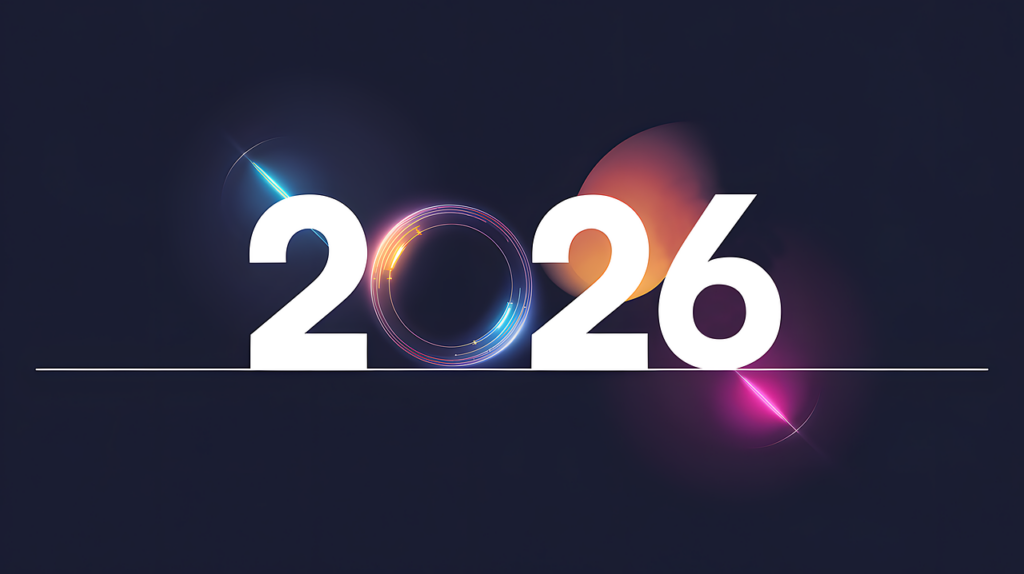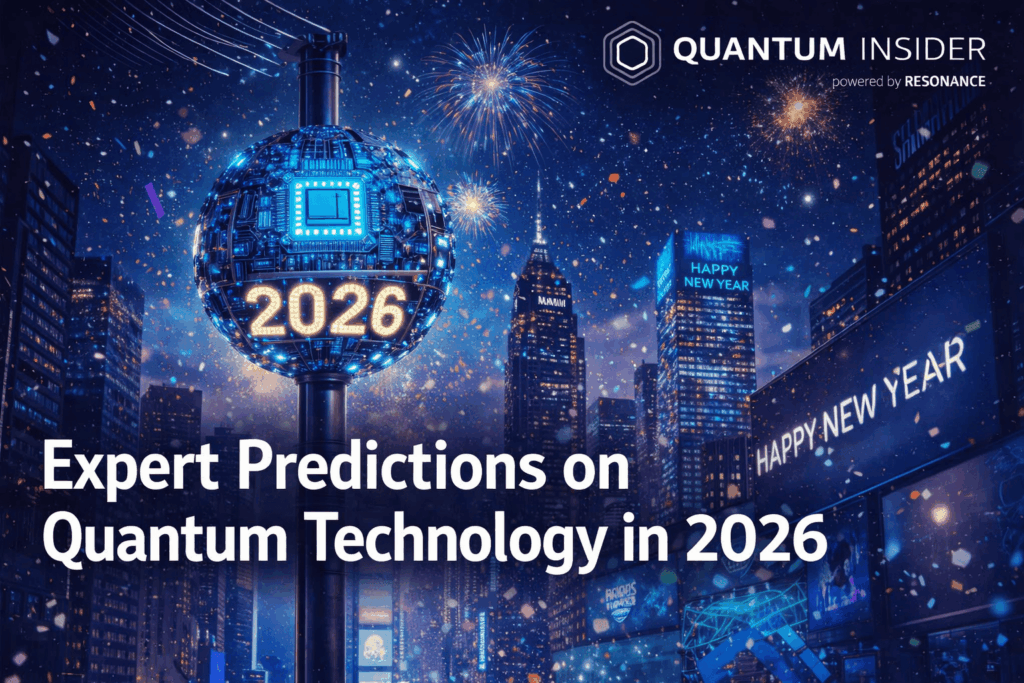Insider Brief
- A hybrid quantum-classical convolutional neural network (QCCNN) significantly outperformed traditional diagnostic methods, achieving up to 97.1% accuracy in breast cancer diagnosis.
- The QCCNN model integrates quantum computing into a classical neural network, enhancing data processing efficiency and accuracy, particularly for large and complex datasets like SEER and WDBC.
- The research team relied on PennyLane, a software library developed by Xanadu, to conduct the study.
Breast cancer, which accounts for more than 2 million new cases annually, is the most diagnosed cancer in women and second only to lung cancer in overall incidence worldwide. It’s also one of the leading causes of cancer deaths in women between the ages of 40 and 55.
To combat this deadly disease, The World Health Organization (WHO) and other health advocacy organizations emphasize the importance of early detection in improving survival rates for breast cancer patients, yet current diagnostic methods often face limitations in both accuracy and cost.
Now, a new study in Scientific Reports finds that a hybrid quantum-classical convolutional neural network (QCCNN) significantly outperforms traditional methods in breast cancer diagnosis, showing accuracy improvements across three major datasets. The findings could one day lead to swifter, more accurate breast cancer diagnosis, according to the scientists.

The research, conducted by a team of Chengdu University of Technology scientists on a series of breast cancer datasets, found the QCCNN model achieved accuracy rates up to 97.1%, outperforming both classical convolutional neural networks (CNNs) and logistic regression models. This hybrid approach, which integrates quantum computing into conventional machine learning, represents a potential improvement in medical diagnostics, especially for large-scale and complex data structures like breast cancer images.
To address this, researchers developed the QCCNN model, which leverages the power of quantum computing to improve data processing efficiency and diagnostic accuracy. The study found that the model outperformed conventional CNNs by as much as 5% across the tested datasets, suggesting a promising future for quantum-enhanced diagnostic technologies.
New Tool For Breast Cancer Diagnosis?
Breast cancer is one of the most prevalent cancers globally, with the WHO reporting 2.3 million new cases in 2024. Early detection is crucial, as survival rates for early-stage localized breast cancer exceed 90%, while rates for advanced stages are much lower. However, traditional machine learning techniques like CNNs often struggle with generalization and computational efficiency, particularly when dealing with large datasets.
The researchers write: “However, classical convolutional neural networks face the problem of insufficient arithmetic power when dealing with complex data structures, consume a large amount of computational resources, and require large-scale datasets for training. These limitations affect the accuracy and efficiency of conventional breast cancer diagnosis methods, especially with large-scale and complex data structures. Therefore, developing quick and precise diagnostic methods is crucial to improving early detection rates and treatment effectiveness for breast cancer.”
To improve on that early detection, the researchers introduced a quantum convolutional layer into the classical CNN architecture. The hybrid QCCNN model demonstrated significant accuracy improvements, particularly in large datasets such as the SEER and WDBC breast cancer datasets. In the SEER dataset, the QCCNN achieved an accuracy of 93.2%, while CNN reached 90.6% and logistic regression models only 89.6%.
Similarly, on the WDBC dataset, the QCCNN model outperformed both CNN and logistic regression, achieving accuracy rates of 97.7% on the validation set, compared to CNN’s 97.1% and logistic regression’s 94.7%. The results indicate that the addition of quantum computing layers to conventional neural networks can offer measurable benefits in complex medical diagnostic tasks.
The researchers relied on PennyLane, a software library developed by Xanadu, a Canadian quantum computing company, to implement the quantum convolutional layer in their hybrid QCCNN model. PennyLane is known for enabling integration of quantum machine learning with classical deep learning frameworks like PyTorch.
Methods
The researchers employed a quantum hybrid classical convolutional neural network (QCCNN), combining the strengths of quantum computing with classical machine learning techniques. Quantum computing’s ability to process large datasets with parallelism and high-dimensional data manipulation offers potential advantages in diagnosing diseases like breast cancer, where timely and accurate image analysis is critical.
In the study, three datasets were used:
- GBSG Dataset: Containing data from 720 patients, the QCCNN achieved 75.7% accuracy on the validation set, compared to 74.7% for CNN.
- SEER Dataset: The model achieved 93.2% accuracy in the validation set, outperforming CNN’s 90.6% and logistic regression’s 89.6%.
- WDBC Dataset: The QCCNN achieved the highest accuracy of 97.7%, compared to CNN’s 97.1% and logistic regression’s 94.7%.
The hybrid model was developed using the PyTorch framework, integrating a quantum convolutional layer implemented via the PennyLane library. The researchers trained the QCCNN on 70% of each dataset, using the remaining 30% for validation, and measured performance primarily through accuracy metrics.
The Need For Real QPUs
Despite the promising results, the study acknowledges several limitations. First, the experiments were conducted on classical hardware using simulated quantum computing environments. This limits the practical application of the model, as the true advantages of quantum computing can only be fully realized on quantum processing units (QPUs). Future research will need to implement these algorithms on real QPUs to evaluate the true computational efficiency and robustness of the model in clinical settings.
Additionally, the study did not explore the impact of noise in Noisy Intermediate-Scale Quantum (NISQ) environments, which may affect model performance in real-world applications. As quantum circuits are still susceptible to noise, future studies must account for this by testing the model in more realistic quantum computing environments.
Another limitation concerns the complexity of the QCCNN model, which requires significant computational resources. While GPUs can accelerate some processes, the computational power required for quantum layers remains a barrier to widespread clinical adoption. Further work is needed to optimize the model, simplifying its design without sacrificing accuracy, to make it more applicable for use in real-time diagnostics.
Future Research
The researchers plan to extend this study by applying the QCCNN model to breast cancer staging, a critical task in determining treatment plans and prognoses. This could offer more comprehensive and precise diagnostic support, allowing doctors to better predict patient outcomes based on a more detailed understanding of cancer progression.
Future studies will also focus on deploying the QCCNN model on quantum processing units (QPUs) to fully evaluate its performance in practical settings. The goal is to assess the model’s computational efficiency, particularly for real-time clinical applications, and to explore strategies for reducing its complexity. The researchers also plan to investigate the potential of the QCCNN in other areas of medical diagnostics, beyond breast cancer.
The research team consisted of Qiuyu Xiang, Dongfen Li, Zhikang Hu, Yuhang Yuan, Yuchen Sun, Yonghao Zhu, You Fu, Yangyang Jiang, and Xiaoyu Hua, from the College of Computer Science and Cyber Security at Chengdu University of Technology in China.


















